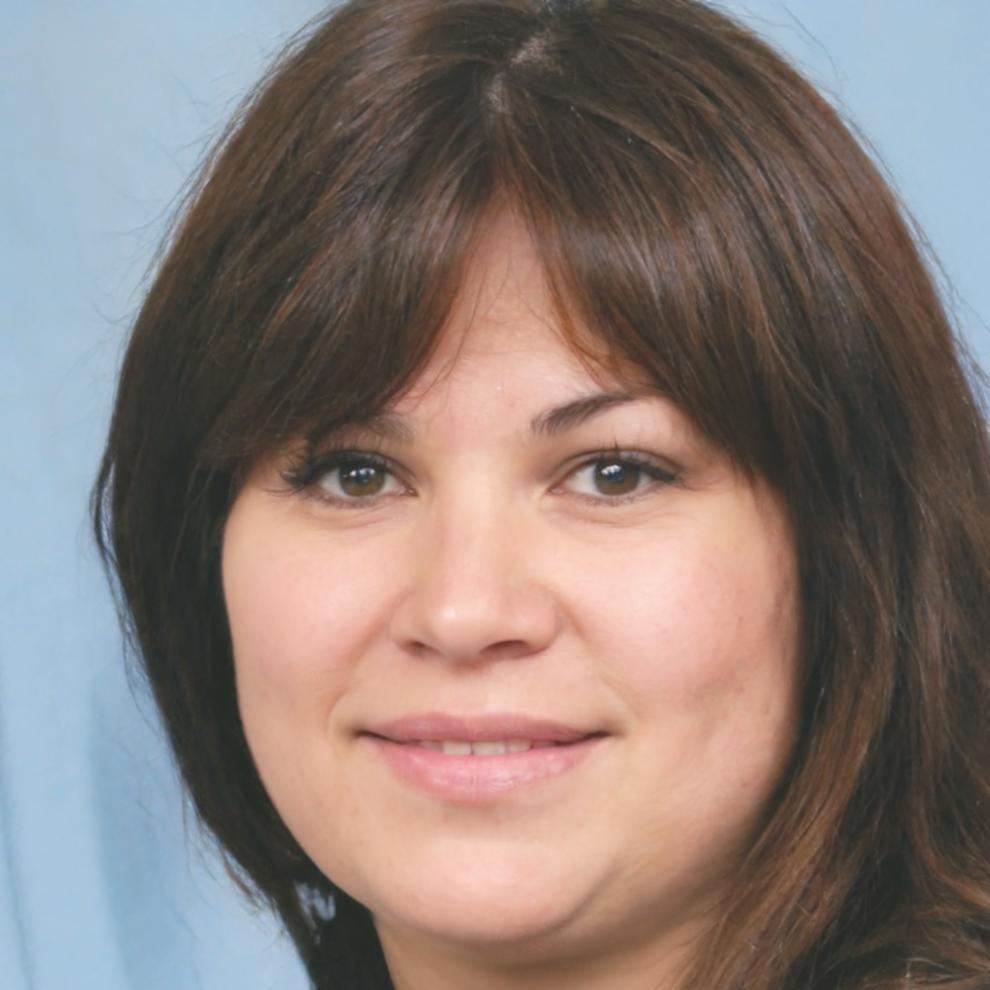Understanding Your Budget Through Real Numbers
Financial literacy starts with knowing where your money actually goes. We break down budget performance in ways that make sense for everyday decisions — no complicated jargon, just practical analysis you can use.
Explore Our Curriculum
What Budget Performance Actually Means
Most people don't fail at budgeting because they're bad with money. They fail because they're tracking the wrong things or looking at numbers that don't connect to their real spending patterns.
Variance Analysis
Learning to spot the difference between what you planned to spend and what actually happened. This isn't about guilt — it's about pattern recognition that helps you plan better next month.
Category Tracking
We teach you how to group expenses in ways that reveal where your budget leaks. Sometimes the problem isn't one big purchase — it's fifteen small ones you didn't notice.
Trend Identification
Three months of data tells a story that one month can't. You'll learn to read your spending patterns over time and adjust your approach based on what the numbers actually show.

How We Teach Financial Analysis
You won't find motivational speeches here. What you will find is a structured approach to understanding your financial data that builds on itself week by week.
Start With Your Current Reality
Week one is about collecting three months of actual spending data. Not estimates — real numbers from your bank statements. This baseline shows you what's really happening before you try to change anything.
Learn to Categorize Meaningfully
Generic categories like "shopping" don't help much. We show you how to break down expenses into groups that reveal actual decision points — where you had a choice and what influenced it.
Build Your Analysis Framework
By month three, you're creating your own performance reports. These aren't complicated — just clear views of where money went, how that compared to your plan, and what adjustments might help going forward.
Adjust Based on Evidence
The final phase is about testing small changes and measuring their impact. If something works, you'll see it in your numbers within thirty days. If it doesn't, the data will show you that too.
What Students Have Experienced
These aren't transformation stories. They're honest accounts from people who completed our program.
"I thought I knew where my money went until I actually tracked it for twelve weeks. Turns out my grocery spending was 40% higher than I estimated. Just seeing that number clearly helped me adjust my approach without feeling restricted."
"The variance analysis section was eye-opening. I was consistently underestimating my monthly utilities by about 25%. Once I adjusted my budget categories to reflect actual costs, I stopped having those surprise shortfalls every billing cycle."
Program Areas You'll Work Through

Data Collection Methods
Most budget failures happen because people use incomplete data. We spend the first month teaching you how to gather comprehensive spending information from multiple sources and consolidate it into a format you can actually analyze.
See Full Curriculum →
Performance Measurement
You'll learn to create simple monthly reports that show exactly where your spending aligned with your plan and where it didn't. These reports become the foundation for making informed adjustments rather than emotional reactions.
Learn Our Approach →
